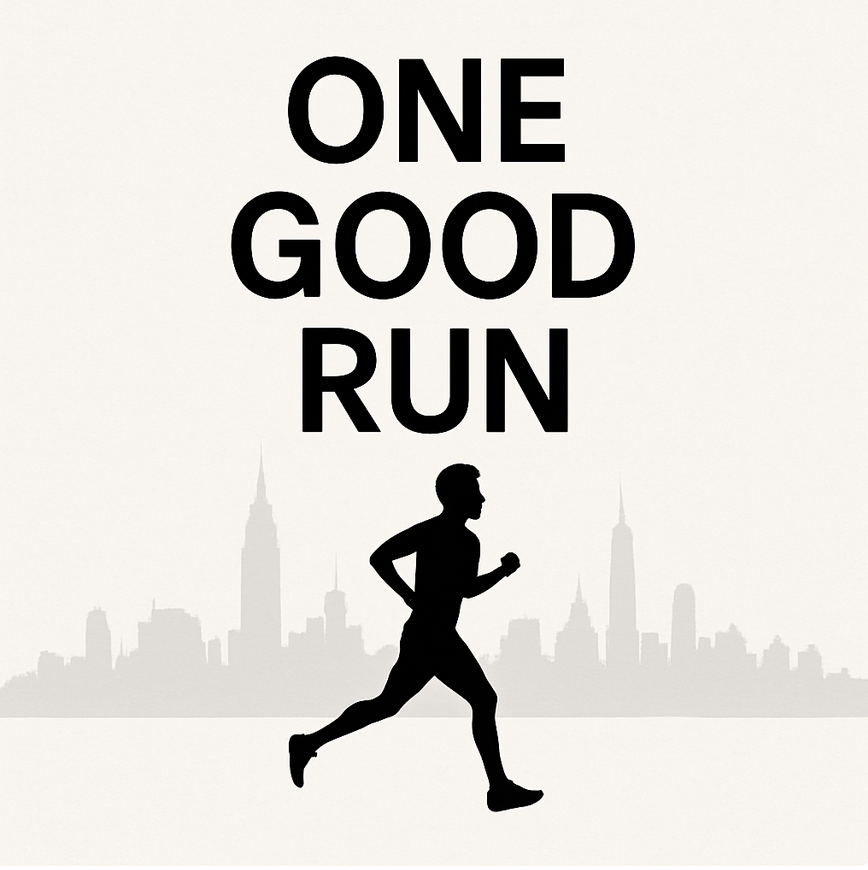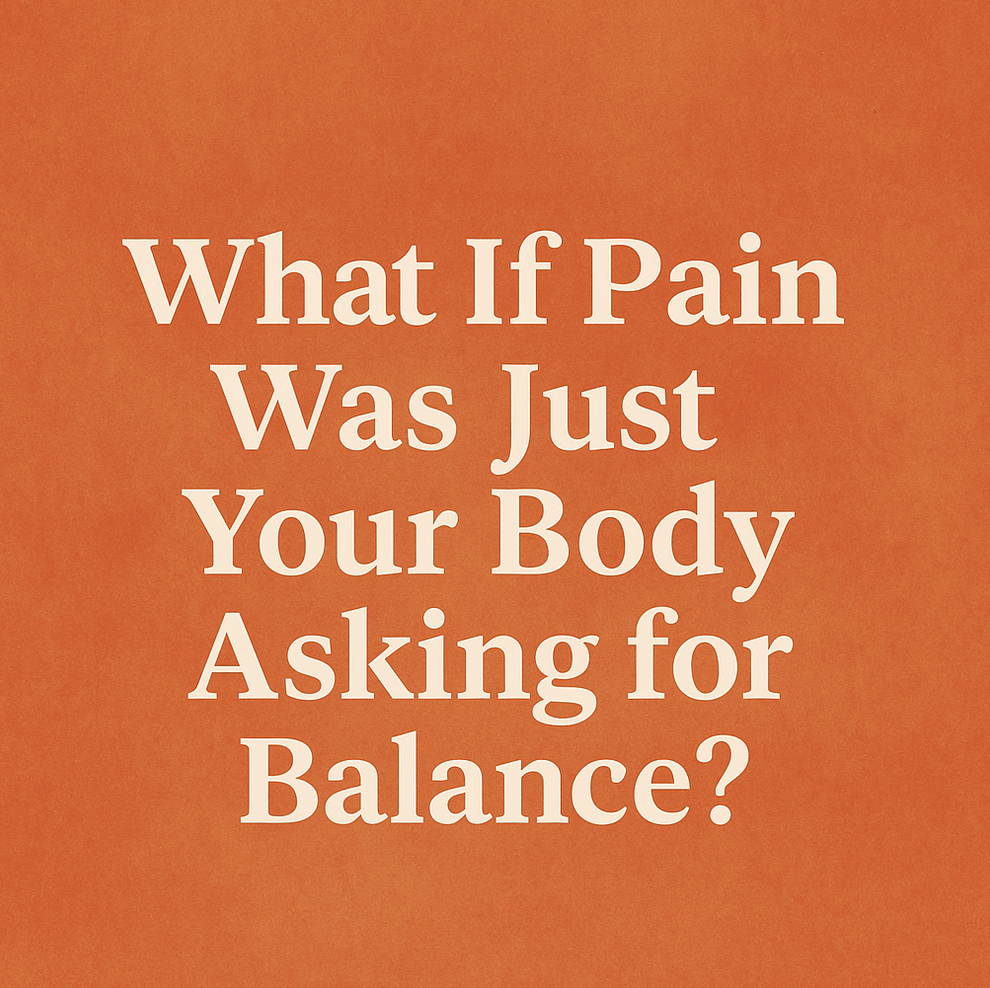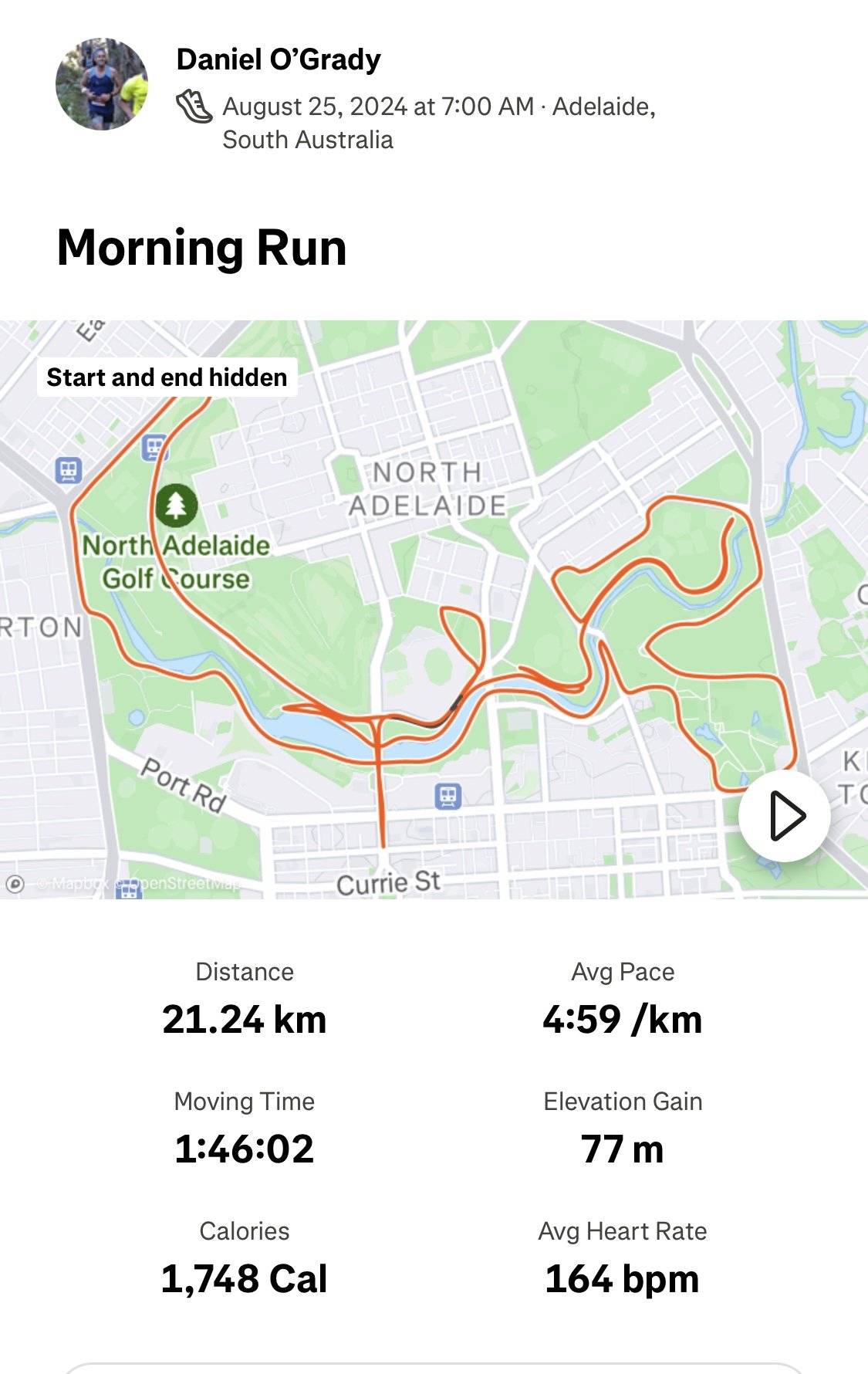With many of us working from home, now would be a good time to get you set-up correct.
Avoid the common neck and back strains that we commonly see in the clinic.
Prevention is better than cure!
Monitor at eye level
Adjust the monitor height so that the top of the screen is at—or slightly below—eye level.
Your eyes should look slightly downward when viewing the middle of the screen.
Position the monitor about an arm's length distance from your eyes.
2. If you’re sitting, find a decent chair
Adjustability - Check to see that seat height is adjustable.
Seat height range - Ideally, sit with your feet on the floor or on a footrest
Backrest - The chair should have a reasonably firm backrest and is of an appropriate height and width to provide support.
Seat surface – The seat surface should be comfortable, usually made of breathable materials that minimize heat and moisture buildup.
Armrests – armrests should provide support and evenly support the arms.
Stability - Check for the stability of the chair; a five-point base is recommended.
If you are keen to be more active, here are some other options you could try out:
3. Identify the early warning signs of pain caused by long periods without moving
One of the keys to staying pain-free is learn to sense when the muscles in the body are starting to get tense.
Muscular pain is most often caused by a mild oxygen deficit, brought about by staying in one position for too long, with a subsequent drop in blood flow and oxygen.
A completely harmless situation, but can still can be very painful and un-nerving.
If you can identify the early phases of this process and take action (e.g. taking a break and regaining some blood flow), you can then avoid the full blown cascade of seriously aggravated muscle.
To sum it up, the longer we ignore our bodies and the longer we abuse our muscles through prolonged inactivity - the harder it is to get them back into a state of balance and harmony.
Some tips for sensing the early stages of muscle tightness:
mild soreness in the muscle
mild headache
mild pins and needles
poor concentration
Other ways that can help refine your sensing capabilty:
getting a regular massage
foam roller daily to release the muscles and joints (especially upper back)
do yoga, pilates or gym/running and pay attention the sensations you feel without judging, labeling or analyzing.
4. Movement Snacks
The World Health Organisation recommends a three minute break every 30 minutes.
You can get creative and try some of the games below.
If you want to try and basic Pilates workout, below is a 7 minute workout —>
5. Don’t worry about ‘bad’ posture
It may be surprising, but there is little evidence to suggest there is a ‘perfect ergonomic posture’.
Research has shown that sitting in a slumped (but relaxed and comfortable) position for short periods can actually relieve pressure and stress off the lumbar discs.
Becoming stressed about trying to find the perfect posture may lead to excessive tension and pain.
Instead, try and stay relaxed, no matter what position you may find yourself in, and remember to change positions frequently.
Already in pain?
If you are in the unfortunate situation of already having pain it is recommended that you address all the above steps as a priority.
It is also advised that you use heat packs to increase blood flow to tight muscles.
Most importantly, if your pain continues, please seek a personalised physiotherapy management plan that will may include specific stretches and strengthening exercises, adjustments to your desk and correction of your posture.
Physiotherapy can also provide you with some hands on treatment which may include soft tissue massage, joint mobilisation and dry needling to help settle the pain.
Early intervention is the key to ensuring your pain is managed effectively and will normally mean less physiotherapy treatment is required in the long run.
Please don’t hesitate to contact us dan@kinfolkwellness.com.au
More blogs to help you move and feel your best…



















